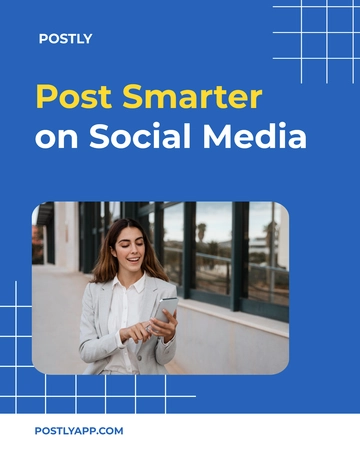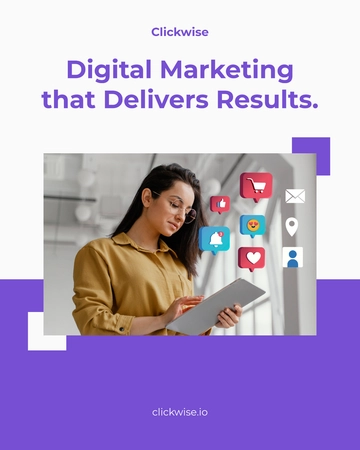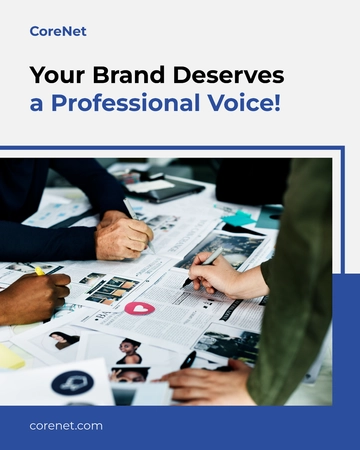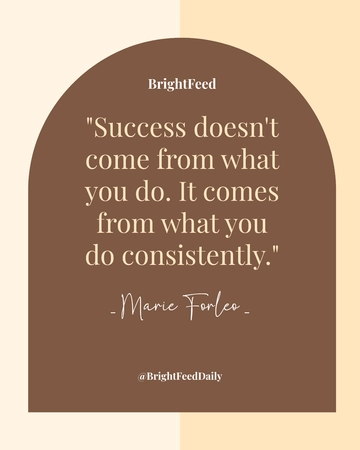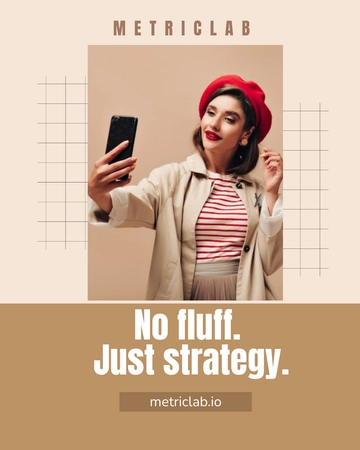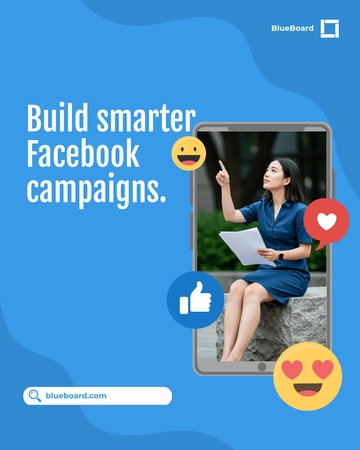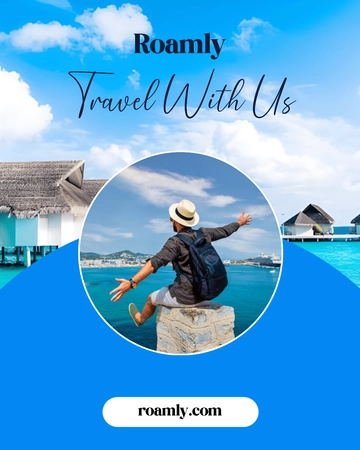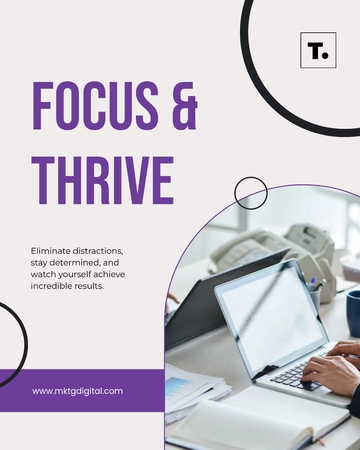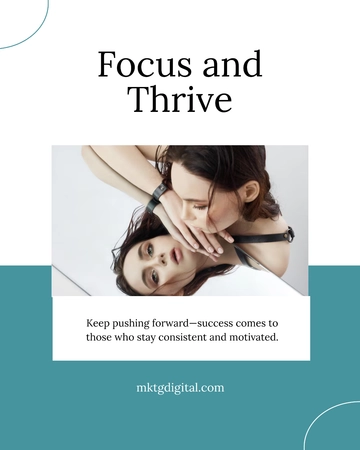Free Social Media Marketing Campaign Feasibility Study

Feasibility Study
Executive Summary
A. Overview
The purpose of this feasibility study is to evaluate the practicality and potential success of initiating a social media marketing campaign for [Your Company Name]. The study encompasses a comprehensive analysis of the market, identification of the target audience, selection of appropriate social media platforms, budget estimations, risk assessments, and the establishment of key performance indicators (KPIs).
B. Key Findings
The target market predominantly consists of individuals aged 18-35, who are highly active on social media platforms.
An estimated budget of $20,000 is required for a 6-month campaign.
Risks include concerns related to data privacy and the uncertainty of return on investment (ROI).
C. Implications
The findings suggest that a well-executed social media marketing campaign could significantly boost brand awareness and customer engagement. However, it's crucial to address the identified risks proactively.
Introduction
A. Background
In today's digital age, social media has emerged as a powerful marketing tool for businesses across industries. For [Your Company Name], which has traditionally relied on conventional marketing channels, venturing into social media marketing represents a strategic move to adapt to changing consumer behaviors.
B. Scope
This study aims to provide a comprehensive analysis focusing on the most popular social media platforms, including Facebook, Instagram, and Twitter. It will cover budget requirements, resource allocation, and potential risks, thereby offering a holistic view of the feasibility of a social media marketing campaign.
C. Purpose
The primary purpose is to determine whether a social media marketing campaign would be a viable and effective strategy for [Your Company Name] to increase brand awareness and customer engagement.
Objectives
A. Primary Objectives
To increase brand awareness by at least 20% within the first three months of the campaign.
To achieve a conversion rate of 15% from social media leads to actual sales.
B. Secondary Objectives
To engage with a minimum of 1,000 potential customers through interactive posts and direct messaging.
To generate at least 500 qualified leads that can be nurtured through email marketing or other channels.
Importance
Achieving these objectives will not only improve brand visibility but also contribute to revenue growth, thereby justifying the investment in social media marketing.
Market Analysis
A. Market Trends
The current market landscape indicates a growing trend towards online shopping and digital interactions. With the COVID-19 pandemic accelerating digital adoption, consumers are more comfortable making purchases online, making social media an increasingly effective channel for marketing.
B. Competitor Analysis
An analysis of major competitors reveals that they are investing heavily in social media advertising. The average budget for their campaigns is around $25,000, and they focus on platforms like Instagram and Facebook for maximum reach and engagement.
C. Gap Analysis
While competitors are already capitalizing on social media marketing, [Your Company Name] has an opportunity to differentiate itself by offering unique and engaging content that resonates with the target audience.
Target Audience
A. Demographics
Age: The primary age group is between 18-35 years old.
Gender: Both males and females are included in the target audience.
Location: Geographically, the focus will be on consumers residing in the United States.
B. Psychographics
Interests: The target audience is interested in technology products, gadgets, and innovative solutions.
Behavior: They are active social media users who frequently engage with brands online, making them more likely to interact with [Your Company Name]'s campaign.
C. Audience Segmentation
To further refine the marketing strategy, the audience can be segmented into three categories:
Tech Enthusiasts: Interested in the latest tech trends and products.
Bargain Hunters: Looking for discounts and special offers.
Brand Loyalists: Existing customers who have shown loyalty to [Your Company Name].
By understanding these segments, the campaign can be tailored to meet the specific needs and preferences of each group.
Social Media Platforms
A. Platform Selection
Facebook: For its broad user base and targeting options.
Instagram: For its visual appeal and high engagement rates.
Twitter: For real-time updates and customer service.
B. Rationale
The selection of these platforms is based on their popularity among the target audience and their potential for high user engagement. Each platform offers unique features that can be leveraged to meet the campaign objectives.
C. Platform Comparison
A comparative analysis shows that Instagram has the highest engagement rates, followed by Facebook and Twitter. Therefore, a larger portion of the budget will be allocated to Instagram advertising.
Budget and Resources
A. Estimated Budget
Item | Cost ($) |
Ad Spend | 10,000 |
Content Creation | 5,000 |
Analytics Tools | 2,000 |
Miscellaneous | 3,000 |
Total: | 20,000 |
B. Estimated Budget Allocation
C. Required Resources
2 Social Media Managers for content planning and customer engagement.
1 Graphic Designer for creating visually appealing posts and advertisements.
Risk Assessment
A. Identified Risks
Data Privacy Concerns: The collection and use of customer data could lead to privacy issues.
Low ROI: There's a risk that the campaign may not yield the expected return on investment.
B. Mitigation Strategies
Implement strong data protection measures to ensure compliance with privacy laws.
Regularly monitor and adjust the campaign based on performance metrics.
Timeline
A. Project Phases
Planning: 1 Month for research and strategy formulation.
Execution: 5 Months for running the campaign.
Evaluation: Ongoing assessment and adjustments.
B. Milestones
Week 1: Finalize campaign strategy.
Week 4: Launch campaign.
Week 16: Mid-campaign evaluation.
Week 24: Final evaluation and report.
KPIs and Metrics
A. Key Performance Indicators
Engagement Rate: Measures the level of interaction with the audience.
Conversion Rate: Indicates the percentage of leads converted into sales.
ROI: Calculates the financial returns relative to the investment made.
B. Metrics Table
Month | Engagement Rate | Conversion Rate | ROI |
Jan | 10% | 5% | 20% |
Feb | 12% | 6% | 22% |
Mar | 15% | 7% | 25% |
Apr | 18% | 8% | 28% |
May | 20% | 9% | 30% |
Jun | 22% | 10% | 32% |
Legal and Ethical Considerations
A. Data Privacy
We will adhere to GDPR and CCPA regulations to ensure data privacy. All data collection methods will be transparent, and users will have the option to opt-out.
B. Ethical Guidelines
We commit to ethical advertising practices, avoiding any form of misleading or false information. All content will be reviewed for accuracy and integrity.
Technology and Tools
A. Software Requirements
Social Media Management Tools: Software like Hootsuite or Buffer will be used for scheduling posts and tracking engagement.
Analytics Tools: Google Analytics and platform-specific analytics will be used for performance tracking.
B. Hardware Requirements
High-quality cameras and computers will be needed for content creation and editing.
C. Integration
The selected tools will be integrated into the existing marketing tech stack to ensure seamless data flow and analytics.
Stakeholder Involvement
A. Internal Stakeholders
Marketing Team: Responsible for campaign strategy and execution.
Legal Team: To ensure compliance with data privacy laws.
Finance Team: For budget approval and financial tracking.
B. External Stakeholders
Advertising Agencies: For specialized ad creation and placement.
Customers: As the end recipients of the campaign, their feedback will be invaluable.
C. Communication Plan
Regular updates will be communicated to all stakeholders through weekly meetings and monthly reports to ensure everyone is aligned with the campaign's progress.
Contingency Plan
A. Alternative Strategies
Shift in Platform Focus: If one platform underperforms, resources will be reallocated to more successful platforms.
Budget Adjustments: In case of unforeseen costs, a reserve budget of $2,000 will be set aside.
B. Crisis Management
Reputation Management: In case of negative publicity, a crisis management team will be activated to handle communications.
Data Breach Protocol: A set of procedures is in place to handle any potential data breaches, including immediate notification of affected parties.
Conclusion and Recommendations
A. Summary
The feasibility study indicates that a social media marketing campaign is not only viable but also has the potential for a high ROI. The estimated budget of $20,000 appears sufficient for achieving the set objectives.
B. Recommendations
Proceed with the Campaign: Given the favorable conditions, it is recommended to proceed with the campaign.
Resource Allocation: Allocate resources as outlined in the budget and resource sections.
KPI Monitoring: Keep a close eye on KPIs and make adjustments as needed to ensure the campaign's success.
For further inquiries, please contact [Your Email].
[Your Company Name]
[Your Company Address]
[Your Company Number]
[Your Company Website]
[Your Company social media]
- 100% Customizable, free editor
- Access 1 Million+ Templates, photo’s & graphics
- Download or share as a template
- Click and replace photos, graphics, text, backgrounds
- Resize, crop, AI write & more
- Access advanced editor
Unlock the potential of your social media endeavors with our Social Media Marketing Campaign Feasibility Study Template, exclusively on Template.net. This editable and customizable resource empowers you to assess the viability of your campaigns effectively. Seamlessly editable in our Ai Editor Tool, it's your roadmap to social media success.
You may also like
- Instagram Ad
- Instagram Banner
- Instagram Frame
- Instagram Post
- Instagram Profile Picture
- Instagram Story
- Instagram Story Highlights
- Twitter Ad
- Twitter Header
- Twitter Post
- LinkedIn Photo
- Linkedin Post
- YouTube
- Youtube Ad
- Youtube Banner
- YouTube Channel Art
- YouTube End Screen
- Youtube Profile Photo
- YouTube Thumbnail
- Facebook Ad
- Facebook Cover
- Facebook Post
- Facebook Profile Frame
- Facebook Profile Photo
- Twitch Offline Banner
- Linkedin Banner
- Twitch Overlay
- Whatsapp Status
- Reddit Banner
- Social Media Banner
- Social Media Clipart
- Social Media Plan
- Social Media Contract
- Social Media Planner
- Social Media Report
- Social Media Agreement
- Social Media Business Card
- Social Media Proposal
- Social Media Presentation
